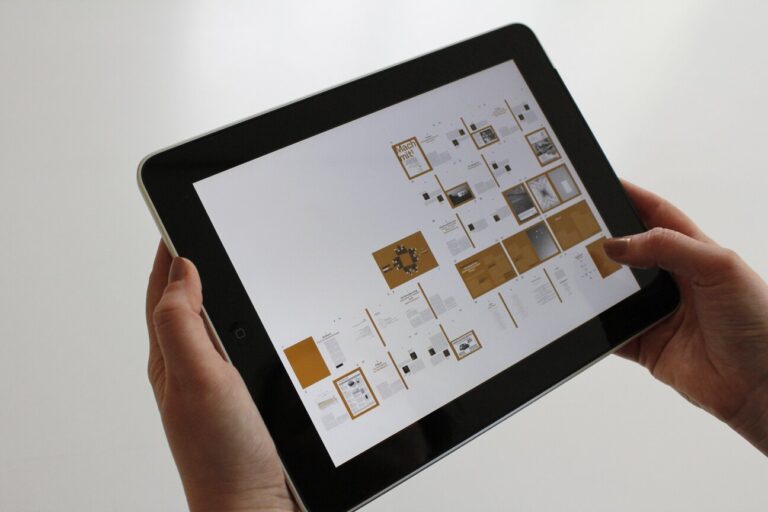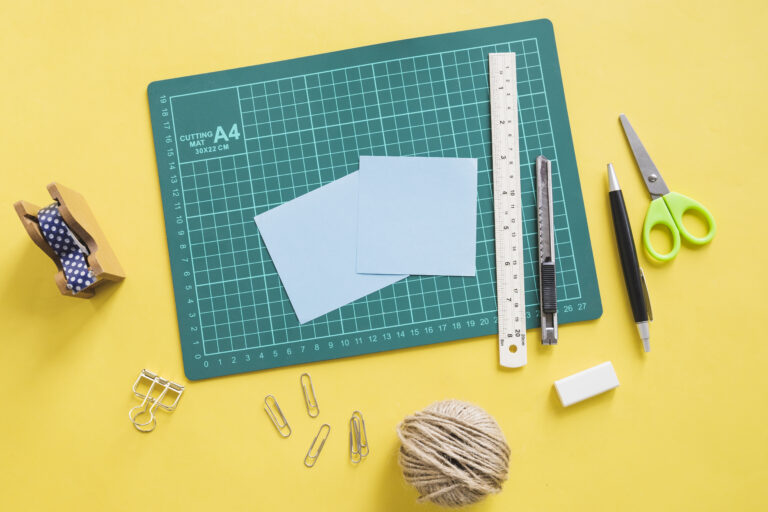Design Like a Pro: Top 16 Free and Open-Source Fashion Design Software for Beginners
Fashion design is a dynamic and ever-evolving field that requires creativity, innovation, and technical proficiency. In this post, we will explore the benefits of using free and open-source fashion design software for beginners, as well as provide an overview of the top 16 software tools available.
With the advancement of technology, fashion designers can now utilize software tools to streamline their design process and create stunning fashion pieces.
However, many of these software tools can be expensive and inaccessible, especially for aspiring designers or those on a tight budget.
Related post: Beyond the Tape Measure: Exploring the Top 5 Measuring Tools for Fashion Designers
Why it’s important to use free and open-source fashion design software
Using free and open-source fashion design software is essential because it allows designers to access powerful tools without breaking the bank.
Many of the software tools available on the market can cost hundreds or even thousands of dollars, making them unaffordable for many designers.
Moreover, free and open-source software is developed by a community of volunteers who are passionate about making technology accessible to everyone.
This means that the software is constantly being improved and updated, and bugs are quickly resolved.
Overview of the 16 software tools that will be discussed
In this post, we will be discussing 16 free and open-source fashion design software tools. These include:
- Inkscape
- GIMP
- Blender
- Krita
- FreeCAD
- MyPaint
- Scribus
- Pencil2D
- OpenSCAD
- Seamly2D
- MakeHuman
- Synfig Studio
- Gravit Designer
- Darktable
- Rawtherapee
- Shotcut
The Benefits of Using Free and Open-Source Fashion Design Software
There are numerous benefits of utilizing free and open-source fashion design software
A. Cost-effective compared to paid software
As mentioned earlier, free and open-source fashion design software is a cost-effective alternative to paid software.
Designers can access powerful tools without having to pay for expensive licenses or subscriptions. This allows designers to invest their money in other areas, such as materials or marketing.
B. Community-driven development and support
Free and open-source software is developed and supported by a community of passionate volunteers who are invested in making technology accessible to everyone.
This means that the software is constantly being improved and updated, and bugs are quickly resolved. Moreover, designers can reach out to the community for help and support, making the learning process easier and more collaborative.
C. Greater flexibility and customization options
Free and open-source fashion design software offers greater flexibility and customization options than paid software.
Designers can modify the software to suit their needs, add new features, and integrate it with other tools.
This allows designers to tailor the software to their workflow and design process, increasing efficiency and productivity.
D. Increased access to educational resources
Free and open-source fashion design software is often accompanied by a wealth of educational resources, such as tutorials, forums, and user guides.
This makes it easier for designers to learn the software and improve their skills, regardless of their level of expertise.
How to Choose the Right Software for Your Needs
A. Identifying your design goals and requirements
Before choosing a software tool, designers should identify their design goals and requirements. For example, if a designer wants to create 3D models for 3D printing, they may want to choose a software tool such as FreeCAD or OpenSCAD.
If a designer wants to create 2D animation, they may want to choose a software tool such as Pencil2D or Synfig Studio.
Identifying specific design goals and requirements can help designers narrow down their options and choose the right software for their needs.
B. Considering your level of expertise and familiarity with design software
Designers should also consider their level of expertise and familiarity with design software. Some software tools may be more beginner-friendly, while others may be more advanced and require more experience.
Designers should choose software that matches their skill level and experience, as this can make the design process more efficient and effective.
C. Assessing your hardware and software compatibility
Designers should also assess their hardware and software compatibility. Some software tools may not be compatible with certain operating systems or may require specific hardware components.
Designers should ensure that their hardware and software meet the system requirements of the software tool they want to use.
D. Reading reviews and seeking recommendations from other designers
Designers should read reviews and seek recommendations from other designers. This can provide valuable insight into the software tool’s strengths and weaknesses, user-friendliness, and overall performance.
They can also join online communities or forums where they can ask for recommendations and advice from other designers.
Top 16 Free and Open-Source Fashion Design Software
1.Inkscape
It is a vector graphics editor that can be used to create illustrations, logos, and graphic designs. Inkscape offers features such as object creation and manipulation, fill and stroke tools, text editing, and image tracing.
2. GIMP
GIMP is a raster graphics editor that can be used for photo retouching, image composition, and image authoring. GIMP includes features such as customizable brushes, selection tools, layers, and color correction.
3. Blender
It is a 3D creation software that can be used to create animations, visual effects, and video games. Blender includes features such as 3D modeling, animation, simulation, and rendering.
4. Krita
Krita is a digital painting software that can be used for concept art, texture and matte painting, and comics. It includes features such as brush engines, layer management, color management, and animation support.
5. FreeCAD
It is a parametric 3D modeler that can be used for product design, architecture, and mechanical engineering. FreeCAD includes features such as parametric modeling, architectural design tools, and 3D printing preparation.
6. MyPaint
MyPaint is a digital painting software that focuses on creating natural-looking artwork with a wide range of brushes and customization options.
MyPaint includes features such as customizable brushes, pressure-sensitive input, and layer management.
7. Scribus
It is a desktop publishing software that can be used for creating professional-quality publications such as brochures, magazines, and newsletters. Scribus includes features such as layout tools, typography support, and color management.
8. Pencil2D –
Penci;2D is a 2D animation software that can be used for traditional hand-drawn animation and digital animation. It includes features such as keyframe animation, sound synchronization, and vector drawing tools.
9. OpenSCAD
It is a 3D modeling software that uses a scripting language to create 3D models for 3D printing and other applications.
OpenSCAD includes features such as constructive solid geometry, customizable design templates, and 3D printing preparation.
10. Seamly2D
Seamly2D is a pattern drafting and design software that can be used to create custom-fitted clothing patterns. It includes features such as pattern drafting tools, measurement input, and pattern grading.
11. MakeHuman
MakeHuman is a 3D character creation software that can be used to create realistic human models for animation and game development. It includes features such as parameterized models, pose creation, and facial expression control.
12. Synfig Studio
a 2D animation software that can be used to create complex animations and motion graphics. Synfig Studio includes features such as vector and bitmap animation, bone rigging, and special effects.
13. Gravit Designer
Gravit Designer is a vector graphics software that can be used for illustration, branding, and web design. It includes features such as vector editing, screen design, and layout tools.
14. Darktable
Darkable is a photo editing software that can be used for raw image processing and non-destructive editing. It includes features such as non-destructive editing, image processing, and color correction.
15. Rawtherapee
Rawtherape isba photo editing software that can be used for raw image processing and advanced editing features. Rawtherapee includes features such as raw image processing, advanced color management, and batch processing.
16. Shotcut
It is a video editing software that can be used for basic to advanced video editing.
Conclusion
Free and open-source fashion design software offers many benefits, including cost-effectiveness, community-driven development and support, flexibility and customization options, and increased access to educational resources.
The top 16 free and open-source fashion design software tools offer a wide range of features and capabilities for designers of all levels.
Whether designers are looking to create 2D or 3D designs, digital or print publications, or photo or video edits, there is a software tool that can meet their needs.
Designers should not be afraid to experiment and try new things with free and open-source fashion design software.
With the right software tool and some practice, designers can create beautiful and professional-quality designs without breaking the bank.

